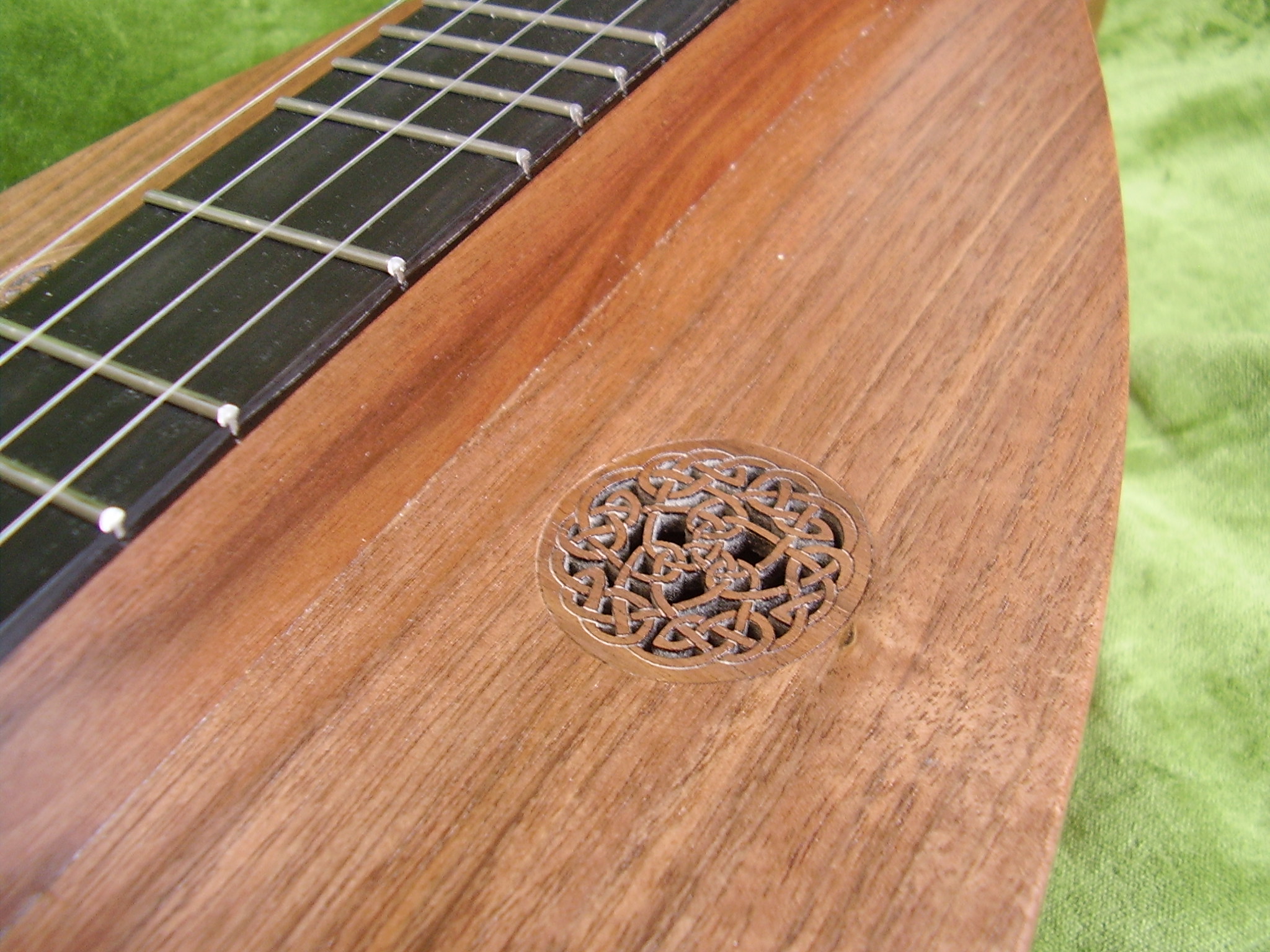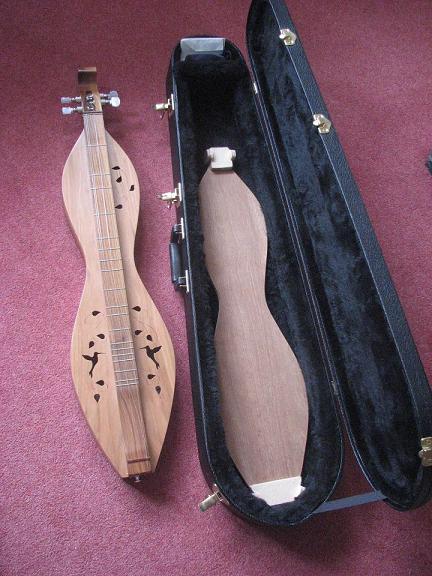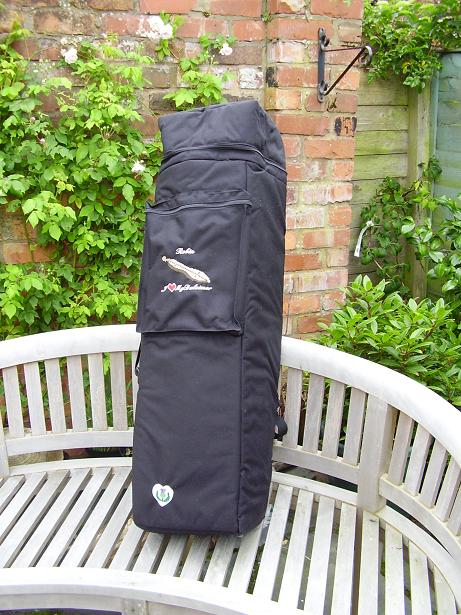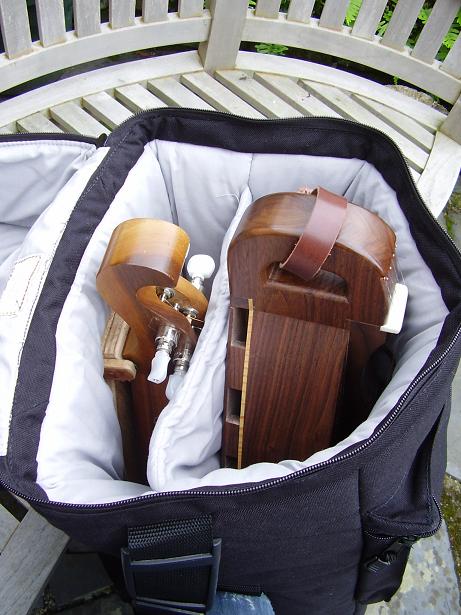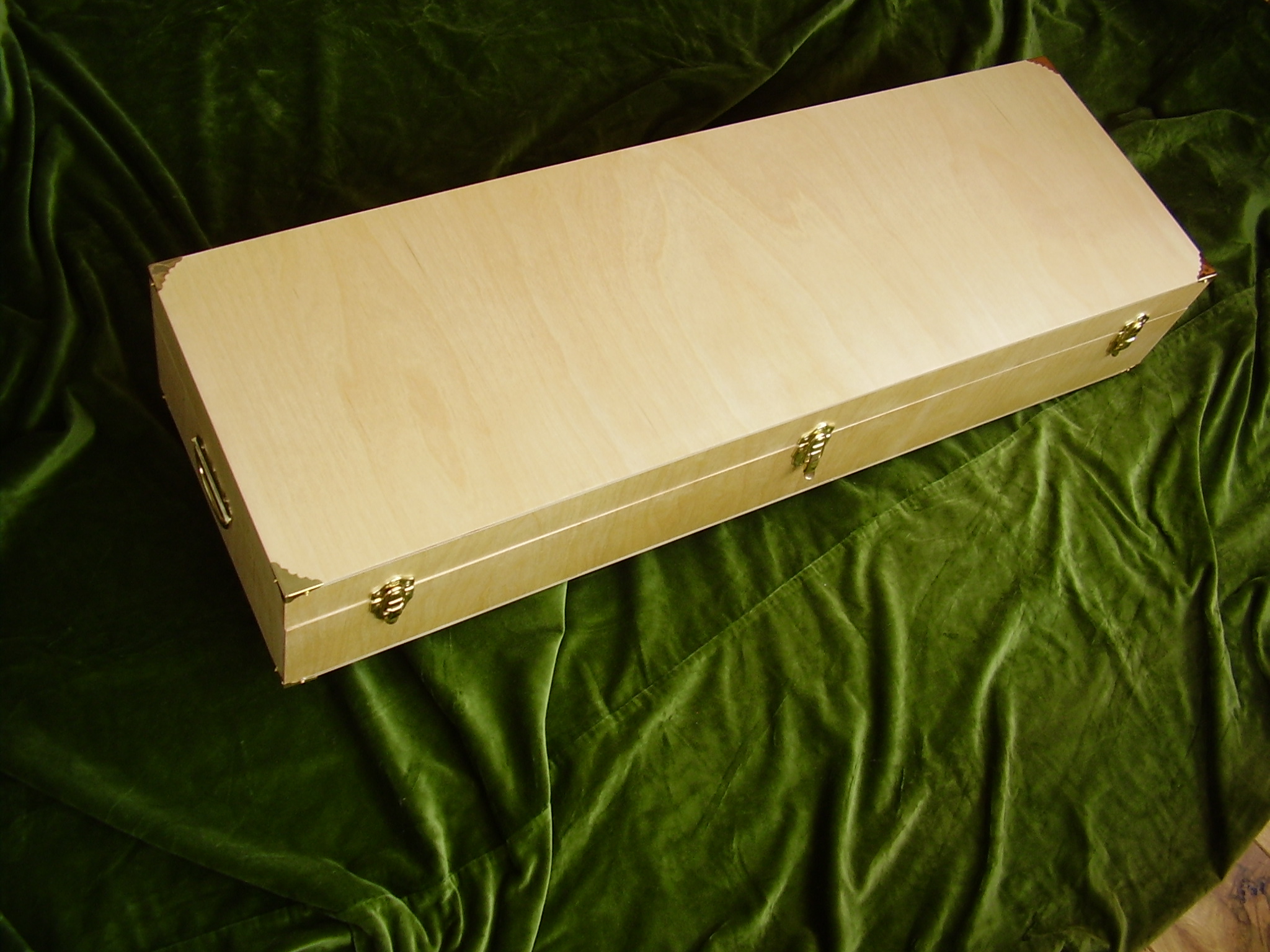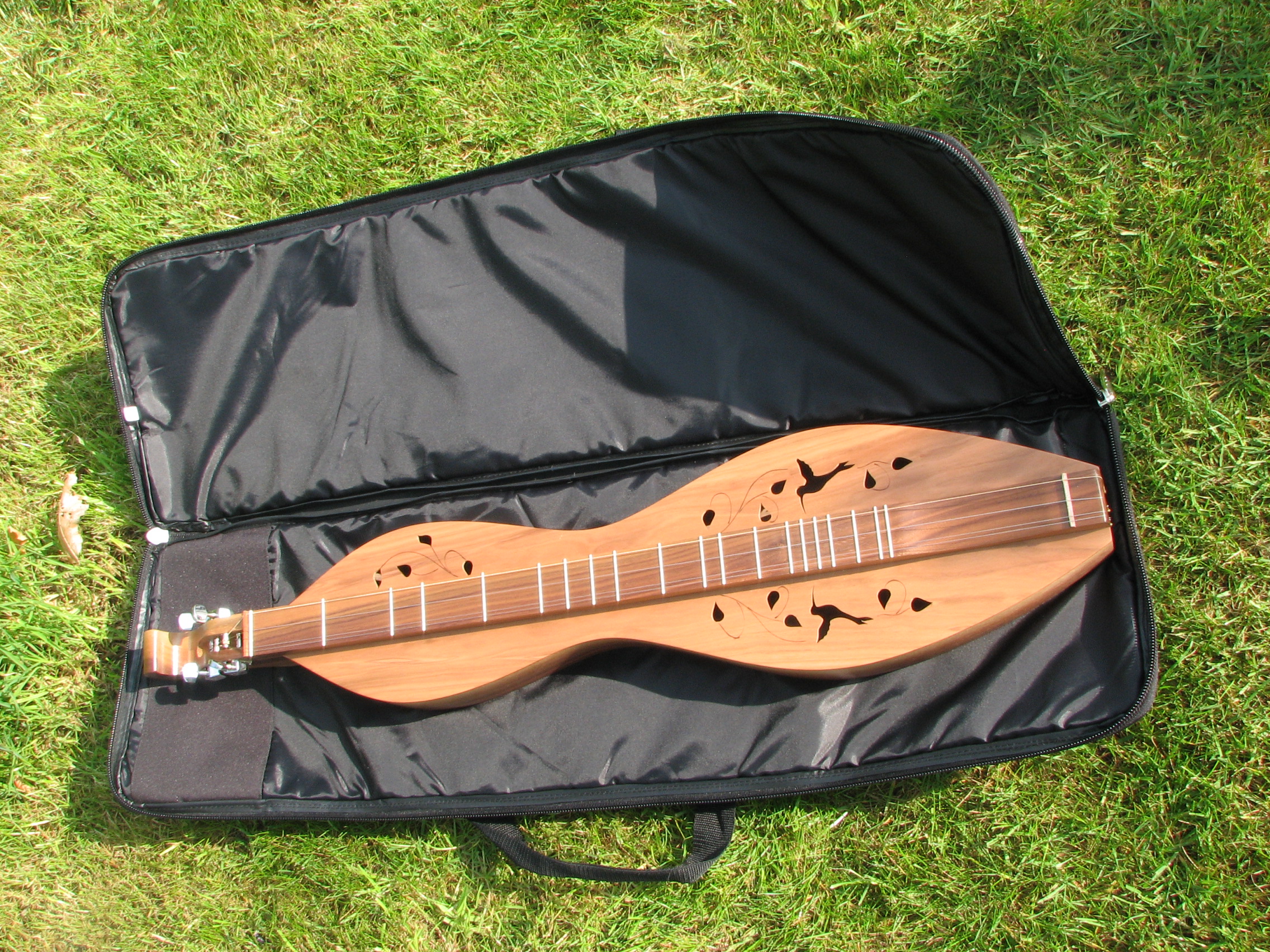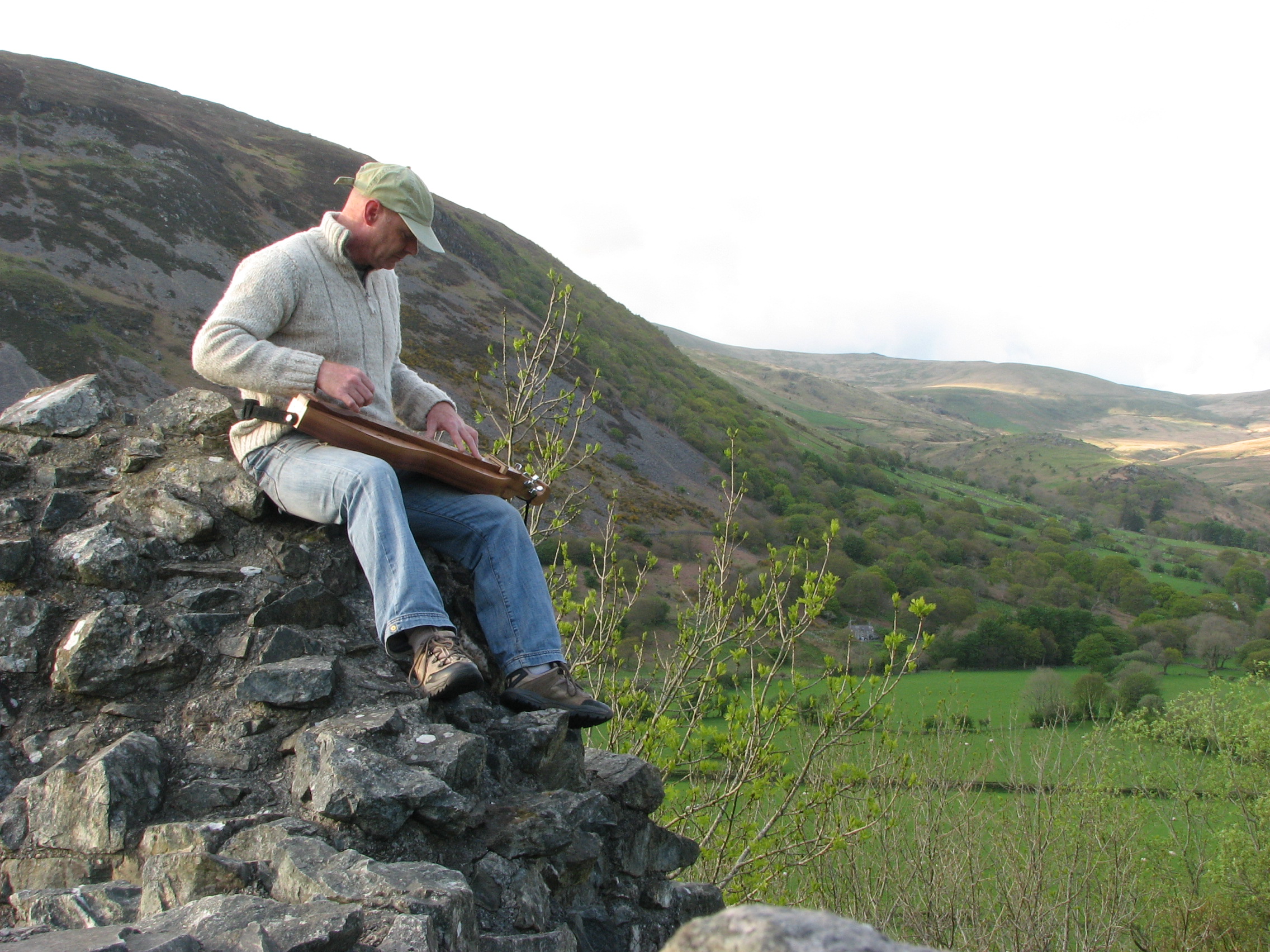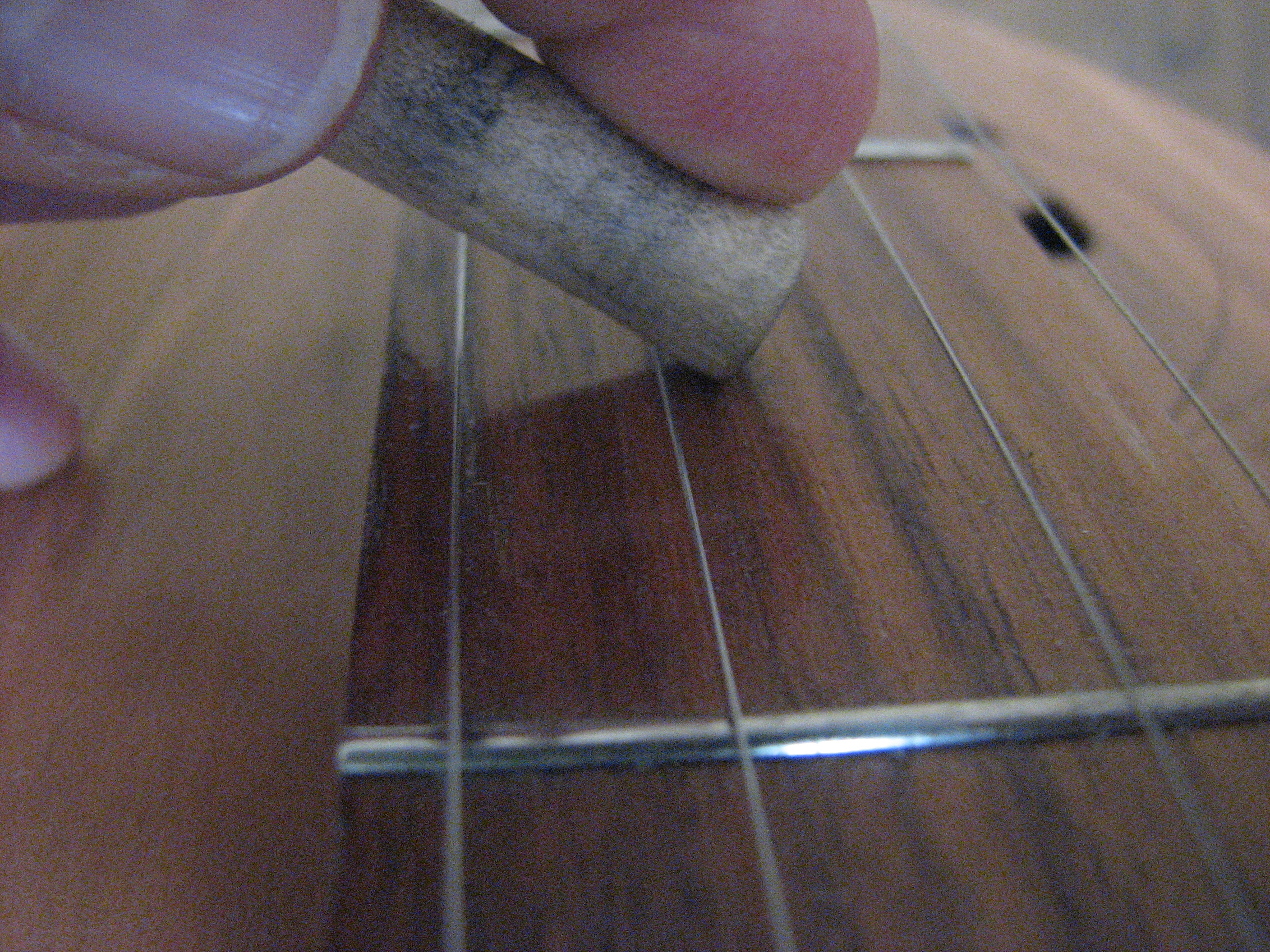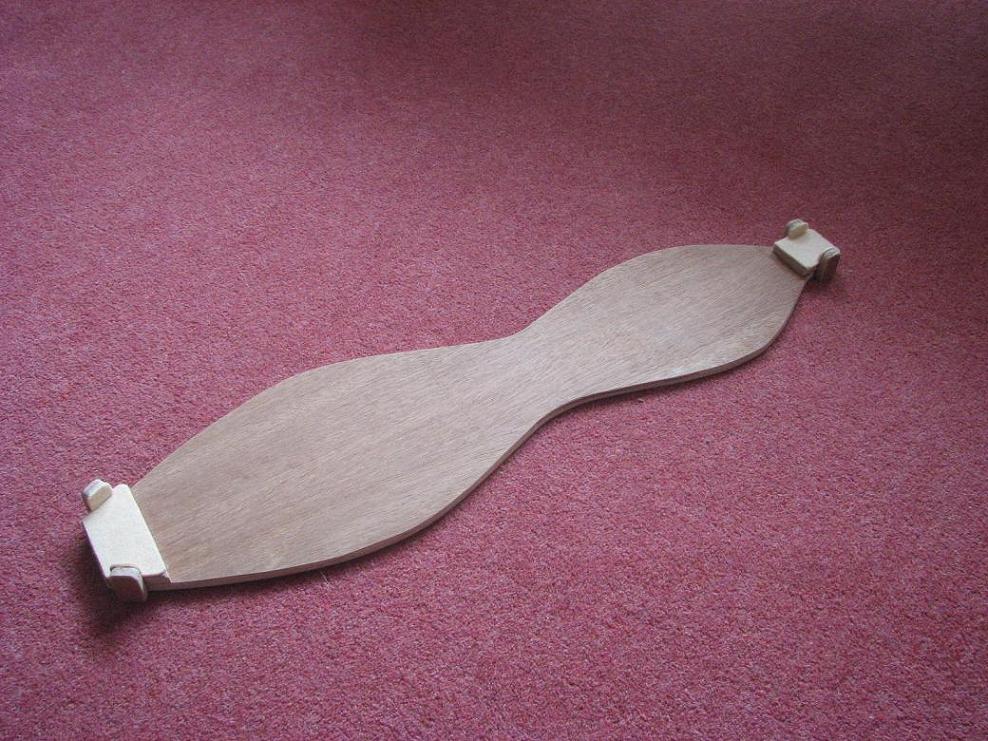Great question and great replies!
Like a couple of folk here I came to fiddle tunes prior to finding the mountain dulcimer.
I was attending a beginners old time session with my partner (she had just started playing the fiddle) and I took my dobro. I quickly realised that the dobro did not really "fit" the session. The session leader (banjo player) suggested I got a mountain dulcimer as he had seen those played in OT sessions when he was in the US in the 70s. I looked "mountain dulcimer" up on google and found that clip of Stephen Seifert playing "Whisky Before Breakfast" so I ordered one.
I started playing chord/melody style at the OT sessions and the instrument fitted in quite well - but the banjo player kept on saying that I wasn't playing it like he had seen! I switched to noter/drone and "saw the light" so to speak. All the pieces came together and I realised I had an instrument with a natural "fit" to OT sessions and fiddle tunes.
Looking at the history of the MD this makes complete sense. There are lots of historic references to two (this is very simplified) styles of playing the instrument - to accompany voice, and to accompany dance. Fiddle tunes were often played with a whipped quill in a 4 srting equidistant set-up and unison tuning, which gives a shuffle bow style of rhythm. And in some areas the instrument was know as a hog fiddle. Playing the instrument to accompany voice and withtwo differing drone notes and 3 strings (or double course melody) became more well known than the 4 string unison tuningdue to the settlement schools and recording folk artists such as Jean Ritchie. The folk revival of the 60s changed playing habits further and chord/melody became the predominant way to play the instrument, as it is today.
So fiddle tunes have played a major part in the history of the instruments development. But playing fiddle tunes is by no means the only tradition for the MD - it is simply one of the threads. Fiddle tunes when played traditionally with noter and quill just seem to sound right to my ears. I particularly like the old unison tuning style of playing. And I get asked to play noter/drone style at sessions to accompany other musicians more than I do chord/melody - perhaps that is because it brings out the uniqueness of the instrument?
Fiddle tunes are older than the dulcimer, so in some respects and in certain areas the dulcimer itself was designed with the popular tunes of the day in mind. In other areas the design relects ballads and in yet others hymns (church dulcimers). We know that the fiddle itself was shunned in certain communities and it is unlikely that the dulcimer was every used for dance tunes in those areas - and different stringing, tuning and playing methods would have been adopted for religious worship. There was some cross-over playing, and there is a reference to this in "Play of a Fiddle" where Dena Knicely (1910-1994) remembers her father Samual Johnson (born 1866) using a feather to play dance tunes and a bow to play hymns on his dulcimer.
I enjoy playing fiddle tunes in dance rhythms more than I do playing ballads - so my dulcimer set-up and playing style reflect this. Some players are very adept at playing fiddle tunes in chord melody style, often as solo pieces (Mark Gilston for one!). I prefer to play in a noter/drone style and with other musicians or for dancing. It is quite something to have folk dancing around a pub to "Angeline the Baker" played noter/drone on the dulcimer as we did on New years Eve 
Like I said, fiddle tunes are not the only thread of dulcimer history but certainly in some areas the design, set-up and playing style of the instrument would have been influenced by those tunes in an endeavour to create dance rhythms from this simple home-build folk instrument. And there is something about the adaption of the European fretted zithers into a new American instrument that must be linked with the needs of the music, though I'm not sure what. I see the music driving the design rather than the design coming before the music?
These are just my own thoughts from reading up on dulcimer history and from my personal playing experience.
Robin









 All that came back was "TOO FAST" "Bloody banjo players - way too fast!!!!!!" Now, one of the first things that Nick said to me a couple of week's ago whentold himI wanted to learn banjo was "Watch your speed on banjo. It is really easy to play too quick at sessions". That lesson has now been learned, and I can expect an "I told you so!" when I next see him
All that came back was "TOO FAST" "Bloody banjo players - way too fast!!!!!!" Now, one of the first things that Nick said to me a couple of week's ago whentold himI wanted to learn banjo was "Watch your speed on banjo. It is really easy to play too quick at sessions". That lesson has now been learned, and I can expect an "I told you so!" when I next see him 
 but just what I needed really.
but just what I needed really.
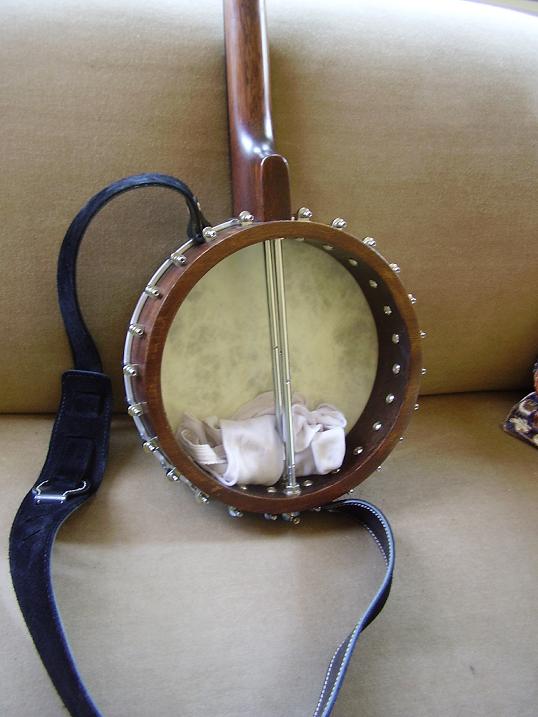


 ).
). ). I'm not sure how far I'm going to get with the instrument but my present goal is to simply transfer the tunes I play on mountain dulcimer to banjo and see what comes from that. Already I'm noticing that I'm naturally making slight changes to tunes so they "fall to the fingers" on the banjo when frailing. And I've found I have to use a lot of hammer-ons and pull-offs, plus the thumb string to fill in 8th notes. I've also found that if I look at my hands too much it all goes horribly, horriblywrong
). I'm not sure how far I'm going to get with the instrument but my present goal is to simply transfer the tunes I play on mountain dulcimer to banjo and see what comes from that. Already I'm noticing that I'm naturally making slight changes to tunes so they "fall to the fingers" on the banjo when frailing. And I've found I have to use a lot of hammer-ons and pull-offs, plus the thumb string to fill in 8th notes. I've also found that if I look at my hands too much it all goes horribly, horriblywrong  So I'm just trying to relax and not think about anything at all - just trusting that my fingers will fall to the notes once I've worked out a phrase or passage.
So I'm just trying to relax and not think about anything at all - just trusting that my fingers will fall to the notes once I've worked out a phrase or passage.